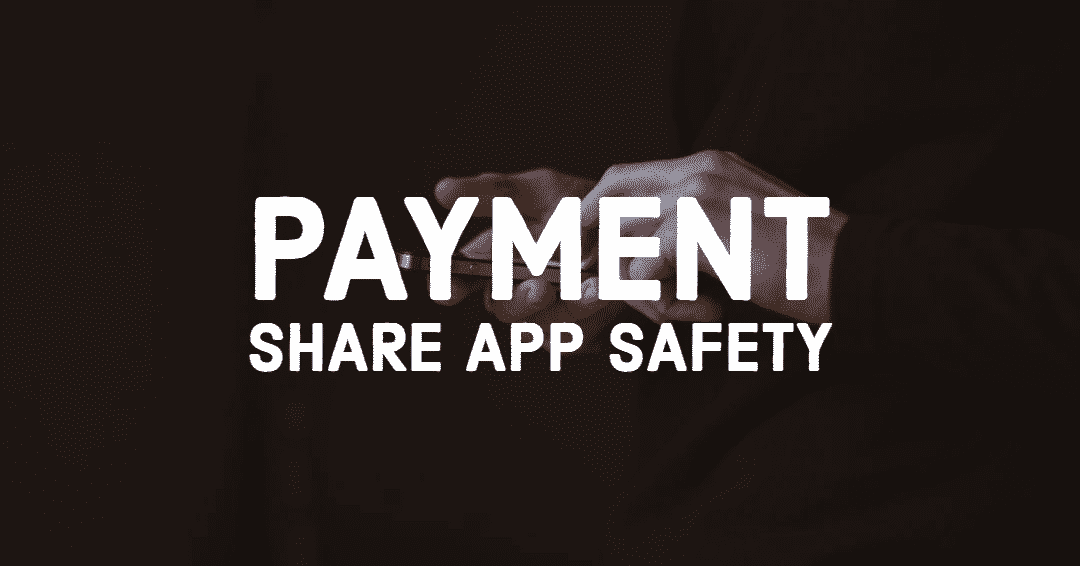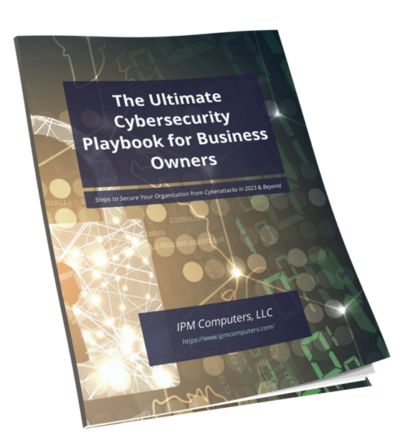Instant Money…Maybe?
The popular commercial asks, “What’s in your wallet?” and if you ask most anyone, it probably isn’t cash. The slow death of bill carrying was first hit by the credit and debit card. Then we were able to pay via our watches and smartphones. Now, you can just click an app and send cash to be delivered instantly.
Are these apps safe? For the most part, yes. But as with most things, there are ways that hackers can manipulate them, and you. And if you are exchanging money with strangers, then you should be on guard regardless of whatever method you are using.
One way to offset the risk of using an app is to use a credit card as opposed to a debit card for transactions. This eliminates the direct link to your bank and decreases the likelihood of multiple accounts being hacked if there is ever a compromise. Also, credit cards may have a better fraud protection program in place if there were to be an erroneous or fraudulent charge incurred. Plus, the correction can generally be made before your next statement balance, whereas with a bank withdrawal, you are out of funds immediately and until it can be remedied.
Always check your balance before and after a transaction, and do not use these payment services or apps as a way of running your business. There are programs and apps better suited for that.
Adding to the Confusion
Hackers and scammers know that since these apps are relatively new, more commonplace, and assumed to be safe, there is a window of opportunity for them to take advantage of you. Processing on the back end may take a few days, despite appearing to be an immediate payment between parties. There can be a claim filed on a stolen card (another reason to avoid transactions with strangers) or purchases made to scammers, and the funds are gone by the time you realize the error.
One recent scam had users receive a text notifying them of a pending transaction, and for them to log in to the app and decline the transaction or face unexpected charges. The user is given a link to click within the text notification to give them “direct access” to the login page. Once clicked, the user enters their credentials and banking information, without realizing they have just provided a hacker with a golden ticket.
In the event of fraudulent activity, the level of customer service is not going to provide you with what you may need either. These apps are designed to work between friends, not unknown entities, so before you send, spend or collect, remember, if you’re running a business, use the right tools. Above all else, remember, if you receive a notification that something is amiss with your account, on any account, log in to that application or website directly rather than clicking on the link provided.
The post Payment Share App Safety appeared first on Breach Secure Now!.





